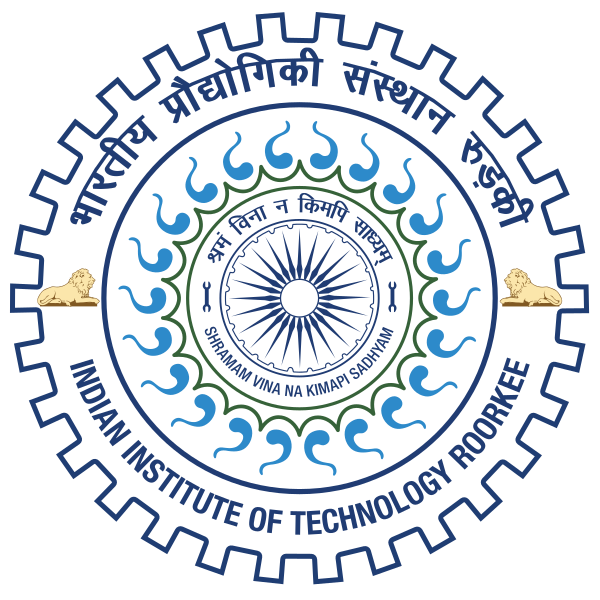Please use this identifier to cite or link to this item:
http://localhost:8081/jspui/handle/123456789/13930| Title: | TRAFFIC SAFETY ASSESSMENT AT INTERSECTION LOCATIONS USING MICROSCOPIC SIMULATION |
| Authors: | Akhil |
| Keywords: | Traffic Safety;Transportation Engineering;Microscopic Modelling;Heterogeneous;Conflict Analyses;Simulation Software;Civil Engineering |
| Issue Date: | 2016 |
| Publisher: | CIVIL ENGINEERING, IIT ROORKEE |
| Abstract: | Traffic safety is an important aspect of increased attention in transportation engineering. In this study the microscopic modelling of driver behaviour and conflict analyses have been carried out in heterogeneous traffic condition. Heterogeneous is characterized by a wide mix of vehicles having diverse static and dynamic chrectericts. The wide mix consist of motorised and non-motorised vehicles and whose vehicle composition varies. Other features of the absence of lane marking and lane discipline and sometime the width of pavement is not also constant. To represent the driving behaviour in mixed traffic condition two traffic parameters have been used as headway and traffic flow. These parameters are collected from field and compared with the simulated data. VISSIM software is used in microscopic modelling. VISSIM is a microscopic multipurpose software that can be used in both macroscopic and microscopic level of study. Generally, traditional safety analyses are based on past historical crash data. As these past recorded crash data are unreliable, having underreporting, quality issues etc., a methodology is utilize in this study to develop safety model without depending on past historical crash data. Traffic conflict technique is the method which has a principle of represent the nearness to collision. Using some surrogate road safety measures which are not based on past historical crash data, the present study has been carried out. These measures are proactive in nature, with the help of such safety measures conflicts data are observed from field as well as from traffic simulation software. Some indicators such as TTC, PET, and gap time are used in the present study. In this study, conflicts are observed in field and compared with the simulated conflicts. The parameters related to driver behaviours and conflict analyses are identified and optimum values of these parameters are obtained by minimizing the error between field and simulated data. This study using a widely used psychophysical car following model based on micro-simulation software. There are three sites of Delhi and two sites of Chandigarh are selected to check driver behaviour. Conflict analyses are carried only at Kolkata site. |
| URI: | http://hdl.handle.net/123456789/13930 |
| metadata.dc.type: | Other |
| Appears in Collections: | MASTERS' THESES (Civil Engg) |
Items in DSpace are protected by copyright, with all rights reserved, unless otherwise indicated.

